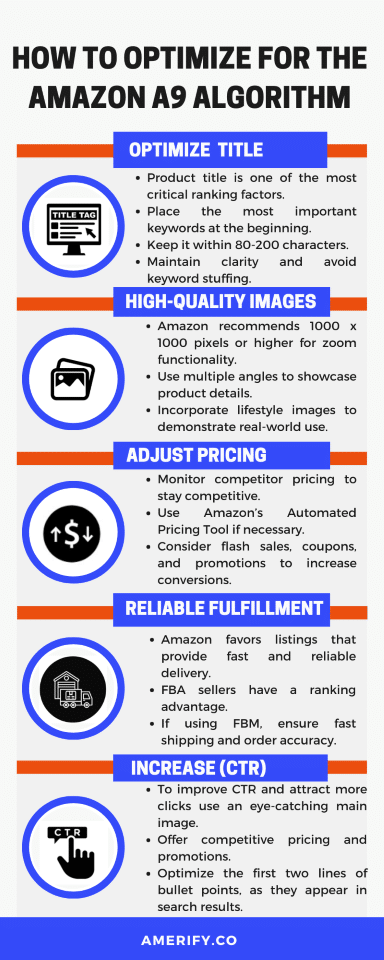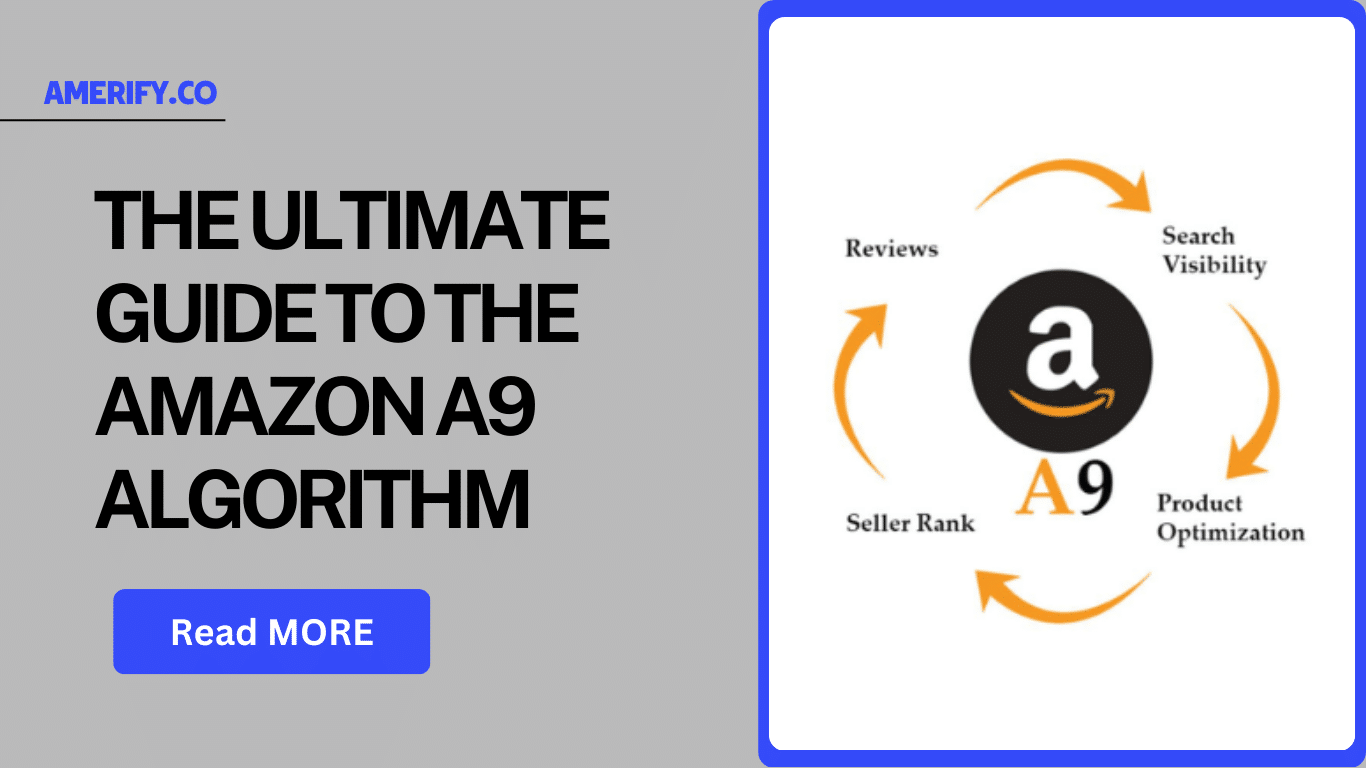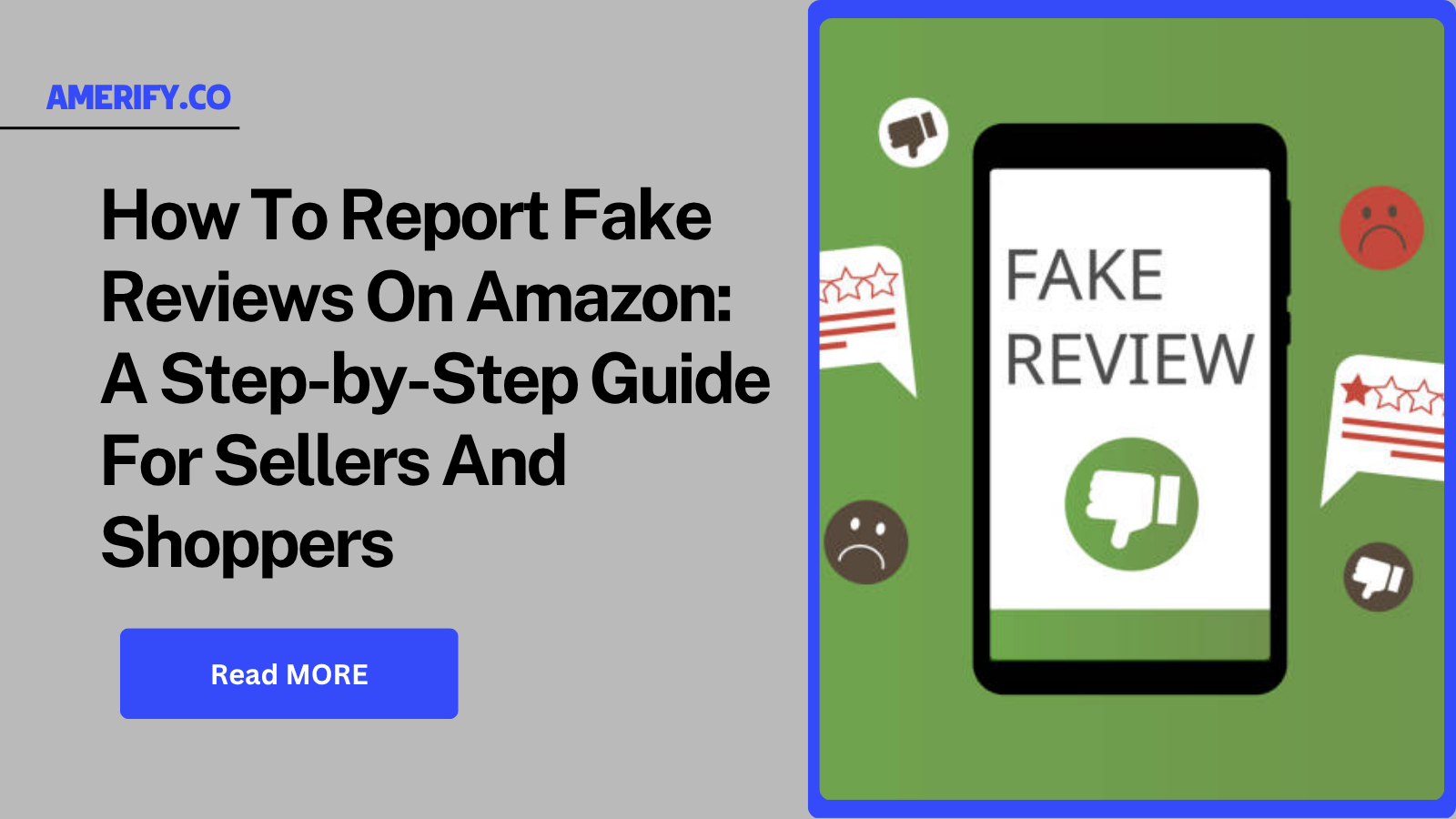Key Takeaways:
- Amazon’s A9 Algorithm Prioritizes Sales Performance: Amazon is a unique and intricate marketplace. An Amazon marketing agency brings expertise in areas like product ranking, listing optimization, and leveraging Amazon’s advertising tools, saving you time and preventing costly mistakes.
- Keyword Relevance & Optimization Are Critical: Strategic use of keywords in titles, bullet points, and backend fields improves visibility, while A+ Content enhances engagement and conversions.
- Competitive Pricing & Fulfillment Impact Rankings: Winning the Buy Box, using FBA for fast shipping, and maintaining stock availability significantly influence product ranking and sales success.
Amazon’s A9 algorithm is the driving force behind product rankings in the marketplace. Unlike Google’s search engine, which prioritizes authority and relevance, Amazon’s A9 algorithm is designed to maximize sales.
It evaluates multiple factors to determine which products appear at the top of search results.
This guide will break down how the A9 algorithm works, key ranking factors, and optimization strategies to help sellers increase visibility and conversions.

How the Amazon A9 Algorithm Works?
The Amazon A9 algorithm is a sophisticated search engine that ranks products based on their relevance and sales performance.
Unlike Google, which prioritizes informational content, Amazon’s primary goal is to connect shoppers with the most buy-worthy products. Every aspect of A9 is designed to surface products that are most likely to convert into sales.
The ranking process involves two primary stages: matching and ranking.
Matching Stage
In the initial phase, the algorithm identifies products that correspond to the user’s search query. This involves:
- Direct Matching: Products containing the exact search terms in their listings are selected. For example, a search for “wireless gaming mouse” will retrieve products with that exact phrase.
- Semantic Matching: The algorithm understands related concepts. For instance, it recognizes that “laptop” and “notebook” can be synonymous, ensuring relevant products appear even if exact terms differ.
- Behavioral Data: The algorithm considers user behavior, such as past purchases and browsing history, to tailor search results to individual preferences.
Ranking Stage
After identifying relevant products, the algorithm ranks them based on multiple factors, including:
- User Intent Signals: They assess the likelihood that a product meets the user’s needs by analyzing keyword relevance and past user interactions.
- Product Visibility: The algorithm prioritizes listings with accurate and comprehensive information.
- Context-Aware Search: Results are tailored based on context, such as the user’s location or device, to enhance relevancy.
Key Ranking Factors of the A9 Algorithm
The A9 algorithm evaluates multiple elements to decide how products rank in search results.
These factors can be broadly categorized into performance-based factors, relevance-based factors, and customer experience factors.
1. Sales Performance History
Amazon’s ultimate goal is to increase sales, so it prioritizes products with a strong sales history. Sales performance directly influences ranking and includes:
- Conversion Rate – A higher conversion rate signals to Amazon that your product is desirable.
- Order Volume & Consistency – Products with consistent daily sales tend to rank higher.
- Product Popularity – Trending and high-demand products get a ranking boost.
- Sales Velocity – The faster a product sells over a short period, the better its ranking potential.
2. Keyword Relevance & Content Optimization
Amazon relies heavily on keyword matching to understand product relevance. Key aspects include:
- Title Optimization – The title should contain primary keywords while remaining clear and readable.
- Backend Keywords – These hidden search terms help improve discoverability without affecting listing readability.
- Bullet Points & Descriptions – Strategic placement of keywords in bullet points and descriptions enhances product relevance.
- Structured Data & Indexing – Using structured data and properly indexing keywords ensures your product is found for relevant searches.
3. Pricing & Competitiveness
Amazon prefers competitively priced products that are more likely to convert. Important considerations include:
- Competitive Pricing – If your product is significantly more expensive than similar listings, it may rank lower.
- Amazon Buy Box Eligibility – Winning the Buy Box boosts visibility and sales, increasing rankings.
- Price Changes & Promotions – Discounts, deals, and limited-time offers can improve rankings temporarily by boosting conversions.
4. Fulfillment Method (FBA vs. FBM)
Amazon prioritizes listings that provide fast and reliable shipping. The fulfillment method plays a role in rankings:
- FBA (Fulfillment by Amazon) – FBA sellers often rank higher because Amazon trusts its own logistics network.
- FBM (Fulfillment by Merchant) – Sellers fulfilling orders themselves must maintain high shipping standards to compete.
- Prime Eligibility – Prime-eligible products get a ranking advantage due to Amazon’s preference for fast shipping.
5. Stock Availability & Inventory Management
Running out of stock negatively impacts rankings. Amazon prefers listings with consistent stock levels:
- Out-of-Stock Listings – If your product is frequently unavailable, your ranking will drop.
- Inventory Turnover Rate – Maintaining the right balance between demand and supply ensures continuous ranking stability.
- Restock Recommendations – Amazon provides inventory recommendations to help sellers maintain optimal stock levels.
6. Customer Reviews & Ratings
Social proof plays a significant role in Amazon’s ranking system. Factors include:
- Average Star Rating – Products with higher ratings generally rank better.
- Review Volume – A higher number of reviews builds trust and improves ranking.
- Recent Reviews – Consistently receiving fresh, positive reviews helps maintain ranking position.
- Negative Feedback Impact – Too many negative reviews can lead to a drop in rankings.
7. Click-Through Rate (CTR) & Dwell Time
Amazon tracks user engagement metrics to gauge listing performance:
- CTR (Click-Through Rate) – More clicks on your product in search results indicate strong relevance.
- Dwell Time – If customers spend more time on your listing, Amazon assumes it’s valuable and ranks it higher.
- Bounce Rate – A high bounce rate (quick exits) may negatively impact rankings.
8. Enhanced Brand Content (EBC) & A+ Content
Brand-registered sellers can use A+ Content and Enhanced Brand Content (EBC) to improve engagement:
- Visual Storytelling – High-quality images, infographics, and videos improve user experience.
- Better Conversion Rates – Enhanced content leads to more conversions, positively influencing rankings.
- Increased Dwell Time – Customers engaging with A+ Content spend more time on listings, signaling value to Amazon.
How to Optimize for the Amazon A9 Algorithm
1. Optimize Your Product Title
Your product title is one of the most critical ranking factors. To ensure maximum visibility:
- Place the most important keywords at the beginning.
- Keep it within 80-200 characters for readability.
- Maintain clarity and avoid keyword stuffing.
2. Use High-Quality Images
Product images play a crucial role in conversion rates and rankings:
- Amazon recommends 1000 x 1000 pixels or higher for zoom functionality.
- Use multiple angles to showcase product details.
- Incorporate lifestyle images to demonstrate real-world use.
3. Write Engaging Bullet Points & Descriptions
Your bullet points and product descriptions should be optimized for both search engines and customers:
- Highlight key features and benefits clearly.
- Keep bullet points concise and scannable.
- Use persuasive language to encourage conversions.
4. Optimize Backend Keywords
Backend keywords improve discoverability without cluttering your listing:
- Utilize all 250 bytes Amazon allows.
- Include alternative spellings and synonyms.
- Avoid repeating keywords already in the title or description.
5. Adjust Pricing Strategically
Competitive pricing is essential for ranking and conversions:
- Monitor competitor pricing to stay competitive.
- Use Amazon’s Automated Pricing Tool if necessary.
- Consider flash sales, coupons, and promotions to increase conversions.
6. Focus on Fast & Reliable Fulfillment
Amazon favors listings that provide fast and reliable delivery:
- FBA sellers have a ranking advantage.
- If using FBM, ensure fast shipping and order accuracy.
- Keep inventory levels stable to avoid stockouts.
7. Encourage Positive Reviews & Ratings
Customer reviews impact both credibility and ranking:
- Use Amazon’s Request a Review feature.
- Provide exceptional customer service to reduce negative reviews.
- Avoid fake or incentivized reviews to comply with policies.
8. Increase Click-Through Rate (CTR)
To improve CTR and attract more clicks:
- Use an eye-catching main image.
- Offer competitive pricing and promotions.
- Optimize the first two lines of bullet points, as they appear in search results.
9. Run Amazon PPC Campaigns
Amazon Pay-Per-Click (PPC) campaigns can boost both paid and organic visibility:
- Invest in Sponsored Products and Sponsored Brands.
- Target high-converting keywords to improve rankings.
- Continuously analyze ad performance and adjust bids accordingly.
Amazon A10 Algorithm Updates: What’s Changing?
Amazon has made subtle A10 updates, shifting some ranking priorities:
- External Traffic Matters More: Bringing traffic from Google, Facebook, and Instagram can boost rankings.
- Brand Authority is Crucial: Established brands and sellers with a strong reputation rank higher.
- Reduced Dependence on PPC: Organic ranking factors now hold more weight than before.
Final Thoughts
Understanding and optimizing for Amazon’s A9 algorithm is crucial for increasing product visibility and driving sales. By focusing on keyword relevance, sales performance, pricing strategies, fulfillment methods, and customer satisfaction, sellers can improve their rankings and grow their business on Amazon.
Regularly monitoring performance metrics, adjusting strategies, and staying up to date with Amazon’s algorithm changes will ensure long-term success in the competitive e-commerce marketplace.
By implementing these insights, sellers can enhance conversions, dominate search rankings, and maintain a profitable presence on Amazon.
If you need help in optimizing your Amazon Listing, creating A+ Content or running your PPC Campaigns, a reputed Amazon Marketing Agency like ours can definitely help you. Contact us today!
Frequently Asked Questions
1. How often does Amazon update the A9 Algorithm?
Amazon frequently updates its algorithm to improve user experience, but major changes are usually subtle and data-driven.
2. Can I rank higher without PPC ads?
Yes, but PPC can accelerate sales velocity, which positively impacts organic rankings.
3. What happens if my product goes out of stock?
Your ranking will drop, and it may take time to recover once restocked.
4. How can I improve my CTR?
Use high-quality images, compelling titles, and competitive pricing to attract more clicks.
5. Does Amazon favor FBA over FBM?
Yes, FBA listings often rank higher due to better shipping speed and Prime eligibility.



